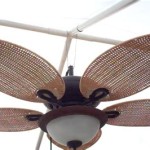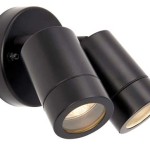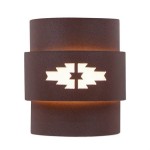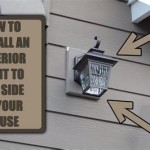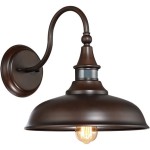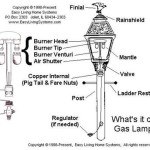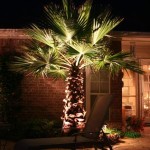Essential Aspects of Using Artificial Trees Outdoors
Artificial trees have become an increasingly popular choice for outdoor decor, offering a realistic and convenient alternative to natural trees. However, understanding their suitability for outdoor use is crucial to ensure their longevity and aesthetic appeal.
Materials and Construction
Artificial trees are primarily made from polyethylene (PE) or polyvinyl chloride (PVC). PE trees offer a more natural appearance and texture, while PVC trees are generally more durable and cost-effective. The construction of the tree, including the trunk, branches, and foliage, plays a significant role in its ability to withstand outdoor conditions.
UV Resistance
Exposure to ultraviolet (UV) rays can cause fading and degradation of artificial trees over time. Look for trees treated with UV inhibitors to protect them from sun damage. This treatment helps preserve their color and prevent the materials from becoming brittle.
Wind Resistance
Strong winds can pose a challenge for outdoor artificial trees. Choose trees with a sturdy base and well-anchored branches to minimize the risk of them toppling over or breaking. Additionally, consider the height and weight distribution of the tree to ensure it can withstand the wind conditions in your area.
Water Resistance
Artificial trees should be designed to withstand rain and moisture. Look for models with water-resistant materials and a base that allows water to drain. Avoid placing the tree in areas where it may be submerged in water, as this can damage the materials.
Maintenance
Unlike natural trees, artificial trees require minimal maintenance. However, regular cleaning is essential to keep them looking their best. Use a soft brush or cloth to gently remove dust and debris. For stubborn stains, consult the manufacturer's instructions for appropriate cleaning methods.
Benefits of Artificial Outdoor Trees
In addition to their durability and low maintenance, artificial outdoor trees offer several benefits:
- All-season appeal: Artificial trees can provide year-round greenery and color, even in areas with harsh climates.
- Hypoallergenic: They are a great choice for people with allergies to natural plant materials.
- Fire resistance: Some artificial trees are treated with fire retardants to enhance safety in fire-prone areas.
- Lightweight and portable: Artificial trees are easy to move and transport, making them suitable for various events and locations.
Conclusion
Artificial trees can be a valuable addition to outdoor spaces if selected and maintained properly. By considering factors such as materials, construction, UV resistance, wind resistance, water resistance, and maintenance, you can choose artificial outdoor trees that will provide beauty and functionality for years to come.
Remember to consult with manufacturers or experts for specific guidance and recommendations based on your location and unique needs.

Bespoke Artificial Trees Tailored Greenery For Your Vision

Artificial Outdoor Trees Fake Faux Commercial Silk

Commercial Artificial Plants Elevating Business Spaces

Outdoor Artificial Plants Ibb Design

Outdoor Artificial Trees Can Solve Problems In Your Landscape

Can You Put A Fake Tree Outside Homestead Acres

Nearly Natural Uv Resistant Indoor Outdoor Ficus Artificial Tree 5491 The Home Depot

Artificial Outdoor Trees Fake Faux Commercial Silk

Can You Put A Fake Tree Outside Homestead Acres

Hedyotis Topiary Artificial Trees Set Of Two 24 Inch Tall Uv Resistant Shrubs Indoor Outdoor Fake Plants For Front Porch Decor By Pure Garden Target
